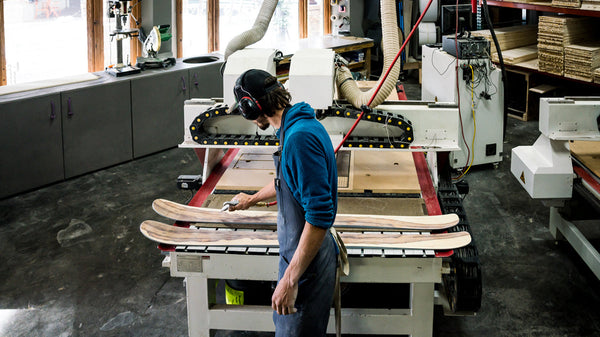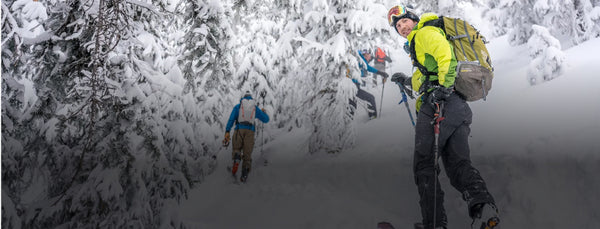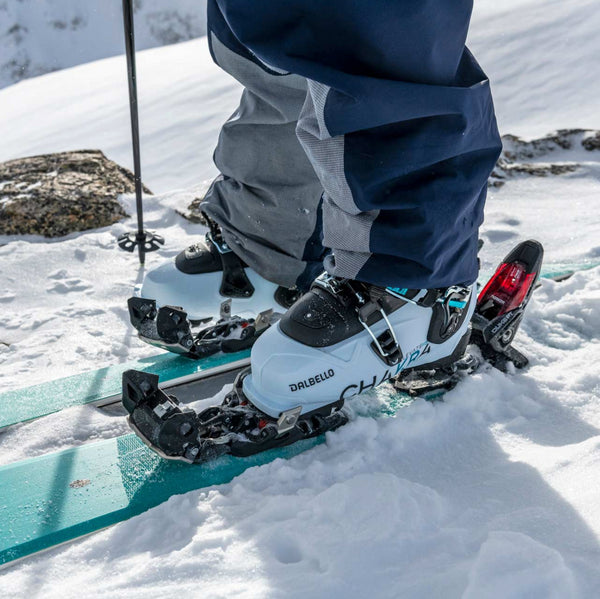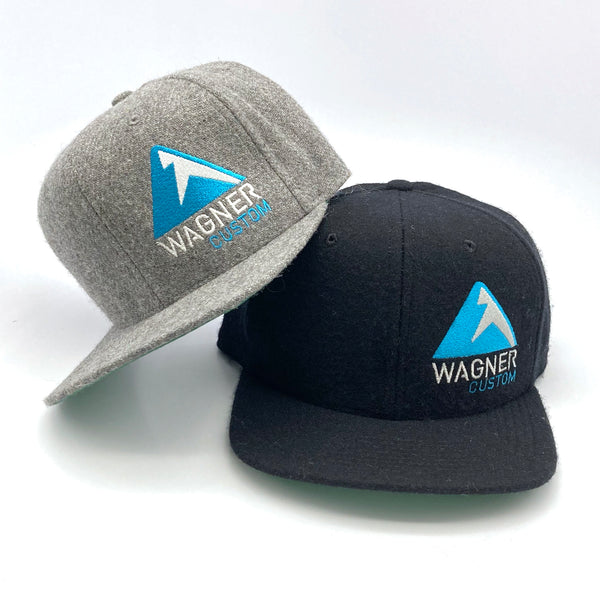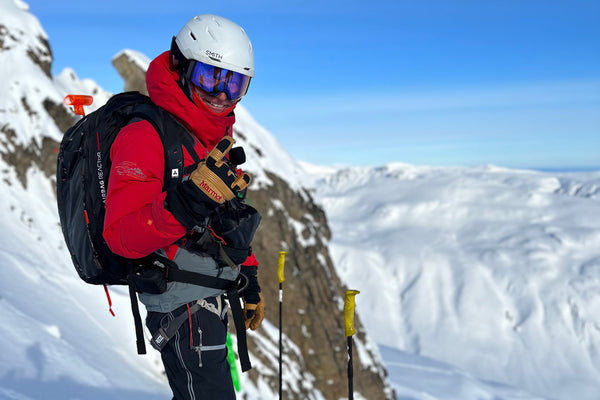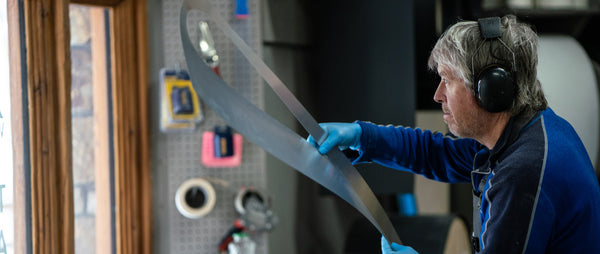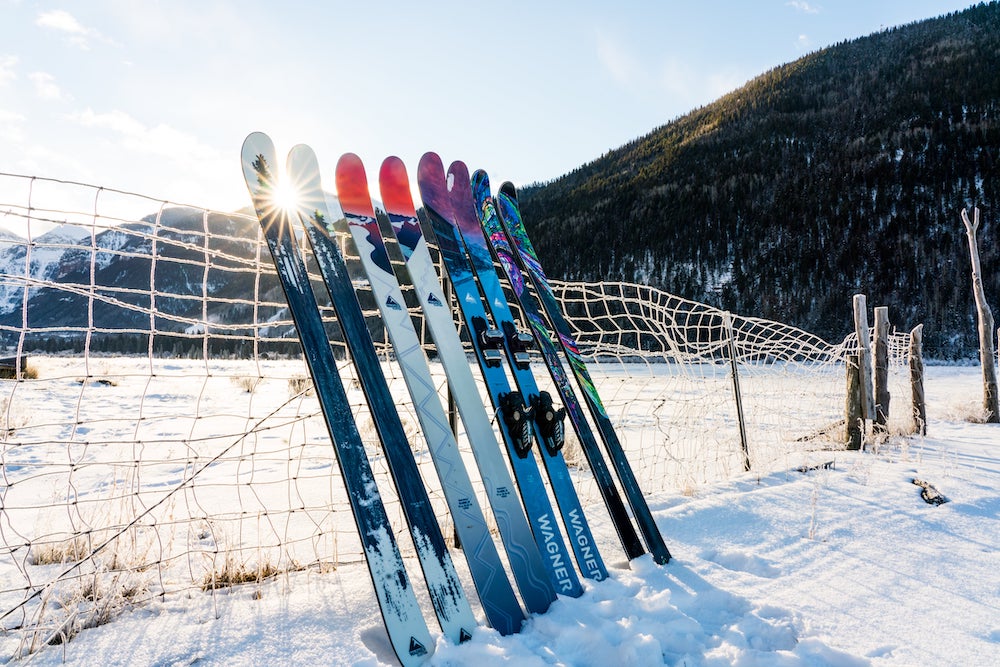
The Idiot's Guide to Buying Skis
I’ve been writing about skis for a long time—but I am far from a natural gearhead.
I grew up skiing my brother’s hand-me-downs (I wish I still had his iconic K2 KVC Comps), and then skied on whatever discounted boards I could find at the old Gart Brothers’ Sniagrab sale in my hometown of Denver. I didn’t know anything about the tech that went into them, but I was a good enough skier to figure out how to adjust to whatever was on my feet.

Wagner Skis sit along a fence on the Valley Floor, Telluride.
Then SKI Magazine needed a gear writer who could test women’s skis, so suddenly I was thrown into product meetings about Titanal and sandwich construction and sidecut. I nodded a lot, felt really dumb most of the time, and took copious notes. I learned firsthand what a difference the right gear makes, and I learned how to articulate the way different skis feel. Eventually, nearly two decades later, I consider myself to be reasonably educated.
I will never forget, however, what it feels like to walk into a ski shop and be confronted with a dizzying array of options. Sometimes the shop kids are helpful, other times not so much. Just a small amount of knowledge will serve you well.
Here’s are some basics. (For a more in-depth beta, check out Wagner’s complete Buyer’s Guide.)
Waist Width
This is the single biggest determining factor of a ski. The waist is how skis are categorized: narrow ones are designed to carve on groomers; wide ones are designed to surf through pow. A very rough breakdown of categories is as follows. (East Coasters, who spend most of their time on harder snow, will likely want skis on the narrower end of these numbers. Beginners will probably want to stick to the groomer widths.)
• Groomer: 80-90 mm
• All Mountain: 90-100 mm
• Pow: 100-110 mm
Learn more about waist width here.
Materials

There are many layers of materials in a ski.
Core
The core is the gut of the ski, i.e. what the center is made of (most skis have laminates layered into them as well). Generally speaking, higher-end skis are made with wood cores. Wood has a naturally energetic pop to it, which gives the ski rebound and liveliness. It tends to be more responsive to your input and more durable. Cores made from foam tend to be cheaper, lighter, and far less durable. Cores made from plastic (like honeycomb technology) are lighter (read: more nimble) but have poor damping abilities, so can feel chattery on variable snow.
Metal Laminates
Some skis have layers of metal, or “Titanal” (which is actually an aluminum alloy), that usually lie above and below the core. Metal is a vibration damper. This means it makes the ski quieter (no chatter), stuck to the snow, stiffer, more powerful, and less playful. It’s most often found in frontside carvers and high-expert all-mountain skis.
Fiberglass Laminates
These are lighter and cheaper than metal. They add stiffness to the ski without weight. Torsional rigidity is the aim of incorporating these layers, which essentially means it reduces the ski’s ability to twist. Stiffer skis are more stable at speed and in variable snow; softer skis are more forgiving and better in bumps.
Learn more about Wagner ski materials here.

Just a few of the raw cores available from Wagner Custom Skis.
Construction
Sandwich
This type of construction is known for giving the best edge-grip and power. The ski is built up horizontally and then pressed (like a panini). Typically, it will have a base sheet, a layer of fiberglass, a layer of metal, a wood core, another layer of metal, another layer of fiberglass, and then the topsheet. The vertical sidewall that results makes the ski stiffer and transfers more power to the edges.
Cap
The top layer of a cap ski arches from one edge to the other, so the top of the ski is rounded rather than flat. It’s usually a lighter, cheaper construction, and it has less edge-bite than a sandwich construction.
Camber
This is the convex bend of the ski. (When you put them together, it makes a space under the bindings.) Camber gives the ski edge-contact on the snow when it’s flexed. Some groomer-oriented skis are fully cambered, giving them a more locked-in feeling on hardpack. All-mountain skis are predominantly cambered underfoot, where you want maximum edge-grip, and slightly rockered in the tips and tails. Powder skis tend to be more rockered than cambered, to allow for surfing in the deep.

The camber of the ski gives edge-contact on the snow when it's flexed.
Rocker
This is reverse-camber; it’s the concave bend of the ski. It allows for a looser, surfier feel. Rockered tips and tails can allow for better turn initiation and can allow the ski to pivot and ease out of a turn. Rocker is also used in powder skis for float. Get the full download on rocker here.
Sidecut and Turn Radius
This is the shape of a ski, and is described by the three dimension measurements of the tip, waist, and tail width, as well as the turn radius. A big sidecut has a tight turn radius, which means the ski prefers to make shorter turns, and vice versa. A few ski companies keep the turn radius the same for all lengths; most, however, increase the radius with longer lengths.
• Short turn radius: 10-15 m
• Medium turn radius: 15-20 m
• Long turn radius: >20 m
Flavor
Part of what makes buying a ski so confusing is that many companies make many models within the same waist-width, each with a decidedly different feel (or flavor). Groomer skis, for example, can be playful and poppy, preferring short turns and more finesse, or they can be super powerful and damp, preferring to go mach schnell. All-mountain and pow skis can be either “directional”—which is to say they have more traditional camber and feel stuck-to-the-snow—or looser, surfier, and more playful—which means they have more rocker. It’s all just a matter of personal preference.
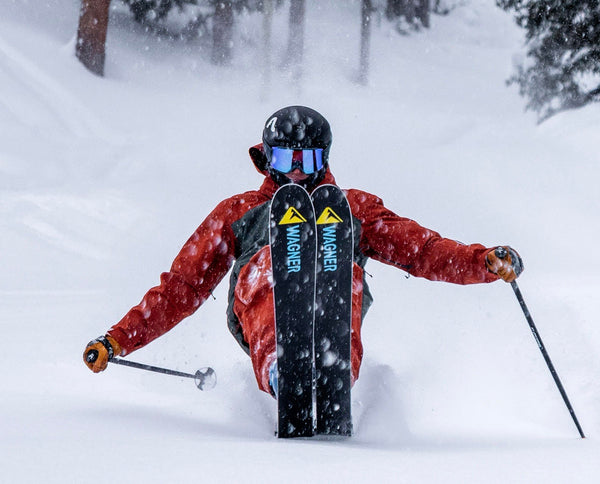
Do you like playful skis with pop? Or powerful and damp? Benni Solomon likes skis that float.
Length
The most important thing you need to know about the length of a ski is that shorter ones prefer shorter turns, and vice versa. (So if you ski a lot of tight trees, a slightly shorter length might be more maneuverable.) You should also go up in length as the waist-width gets fatter, as longer skis offer more flotation. (For example, I ski a 166 cm length for my groomer skis, and a 176 cm for my pow skis.)
I’ve noticed that many intermediate women tend to be put in skis that are too short—longer ones would give them more stability. Skis that are heavily rockered also ski shorter, so for those, you may want to add 5 cm of length from the size that you’d usually buy. Want more info on ski length, check out this article.
Gender
Women’s skis are typically shorter, lighter, and have women’s graphics on the topsheet. Some companies, however, are using exactly the same materials in the construction, and the only thing that differs is the size and topsheet. Stronger or bigger women may prefer unisex skis, and smaller men may be better suited for the women’s model (if they can get over the stigma). Ultimately, a ski does not know what gender you are: It knows how much you weigh, and how powerfully you drive it.
Bindings
Many groomer skis come with integrated bindings for better power transfer. All-mountain and pow skis typically do not. Just be sure whatever binding you choose has the right DIN setting for you. (The shop will tell you, but also read more about bindings here.)
So now you have the bare minimum to allow you to make better decisions. And if you like knowledge (and power), read more about each topic above in Wagner’s Buyer’s Guide.
--
Article by Kimberly Beekman
Kimberly Beekman is the former editor-in-chief of the late, great Skiing Magazine (RIP), and a longtime editor of SKI Magazine before that. She currently uses the title of “freelancer” as a beard to ski powder all over the world. She lives in Steamboat, Colorado, with her wonderful daughter and terrible cat.

